Rising Incidents of Road Accidents
The increasing number of road accidents is a critical driver for the Dashboard Camera Market. Statistics indicate that road traffic accidents remain a leading cause of injury and death worldwide, prompting consumers to seek solutions that can provide evidence and enhance safety. Dashboard cameras serve as a deterrent against reckless driving and can provide crucial footage in the event of an accident. This growing concern over road safety is likely to propel the demand for dashboard cameras, as individuals and businesses alike recognize their value in protecting against liability claims. The Dashboard Camera Market is thus positioned to grow as more consumers invest in these devices to safeguard their interests on the road.
Integration with Smart Technologies
The integration of dashboard cameras with smart technologies is emerging as a significant trend within the Dashboard Camera Market. As vehicles become increasingly connected, the ability to sync dashboard cameras with smartphones and other devices is enhancing user experience. Features such as real-time video streaming, cloud storage, and remote access to footage are becoming more prevalent. This integration not only adds convenience but also appeals to tech-savvy consumers who prioritize connectivity in their driving experience. Market data suggests that the demand for smart dashboard cameras is likely to rise, as consumers seek products that offer both functionality and advanced technological features. The Dashboard Camera Market is thus adapting to these trends, potentially leading to innovative product developments.
Increased Consumer Awareness and Demand
Consumer awareness regarding road safety and the benefits of dashboard cameras is on the rise, significantly impacting the Dashboard Camera Market. As more individuals recognize the advantages of having video evidence in case of accidents or disputes, the demand for these devices is expected to increase. Surveys indicate that a substantial percentage of drivers are now considering the installation of dashboard cameras as a standard practice. This heightened awareness is not only driven by personal safety concerns but also by the growing prevalence of insurance fraud and the need for protection against false claims. Consequently, the Dashboard Camera Market is likely to expand as consumers prioritize safety and accountability in their driving experiences.
Regulatory Changes Favoring Dashboard Cameras
The Dashboard Camera Market is being positively influenced by regulatory changes that encourage the use of dashboard cameras in vehicles. Various jurisdictions are implementing laws that promote the installation of these devices, particularly in commercial fleets and public transportation. Such regulations are often motivated by the desire to enhance road safety and reduce accident-related liabilities. For instance, some regions offer incentives for businesses that equip their vehicles with dashboard cameras, thereby fostering a more responsible driving culture. As these regulatory frameworks evolve, the Dashboard Camera Market is expected to benefit from increased adoption rates, leading to a more competitive landscape and innovation in product offerings.
Technological Advancements in Dashboard Cameras
The Dashboard Camera Market is experiencing rapid technological advancements that enhance the functionality and appeal of these devices. Innovations such as high-definition video recording, night vision capabilities, and advanced driver-assistance systems are becoming standard features. The integration of artificial intelligence for features like collision detection and lane departure warnings is also gaining traction. According to recent data, the market for dashboard cameras is projected to grow at a compound annual growth rate of approximately 10% over the next five years. This growth is driven by the increasing demand for enhanced safety features in vehicles, as consumers seek to protect themselves and their assets. As technology continues to evolve, the Dashboard Camera Market is likely to see further enhancements that could redefine user expectations.


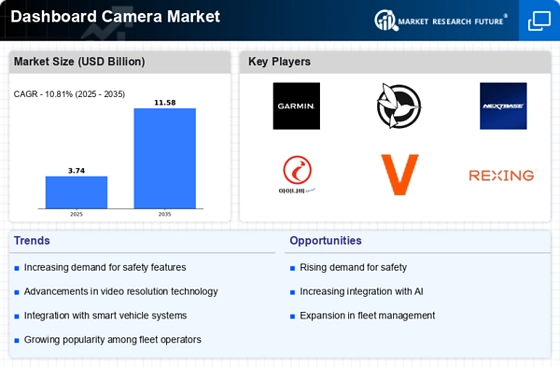
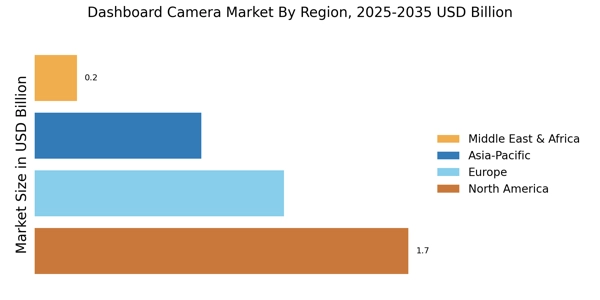

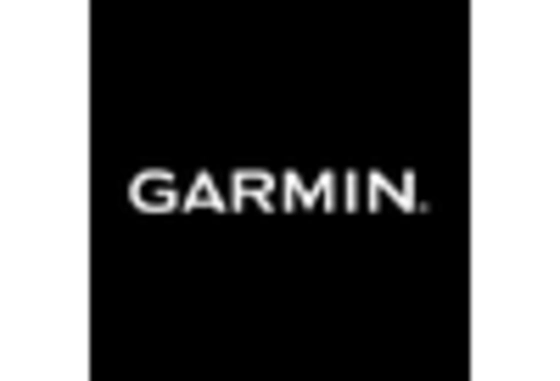
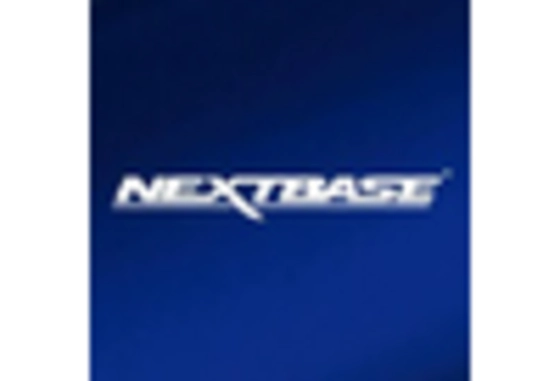
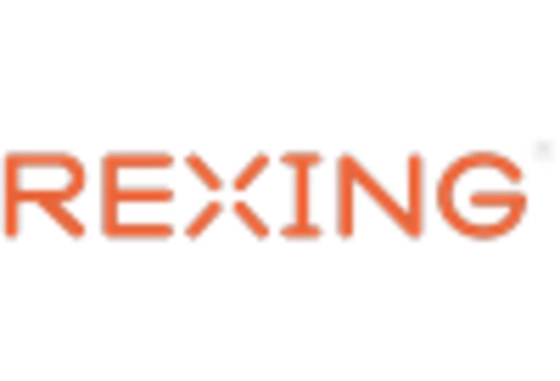

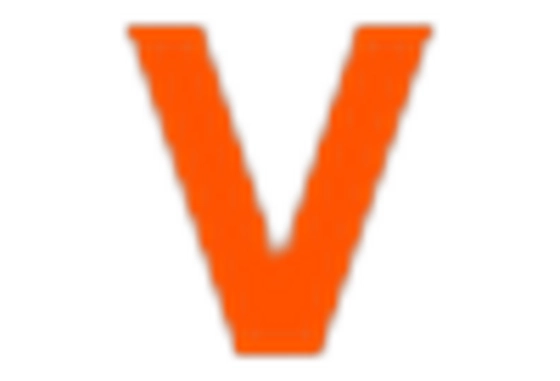








Leave a Comment